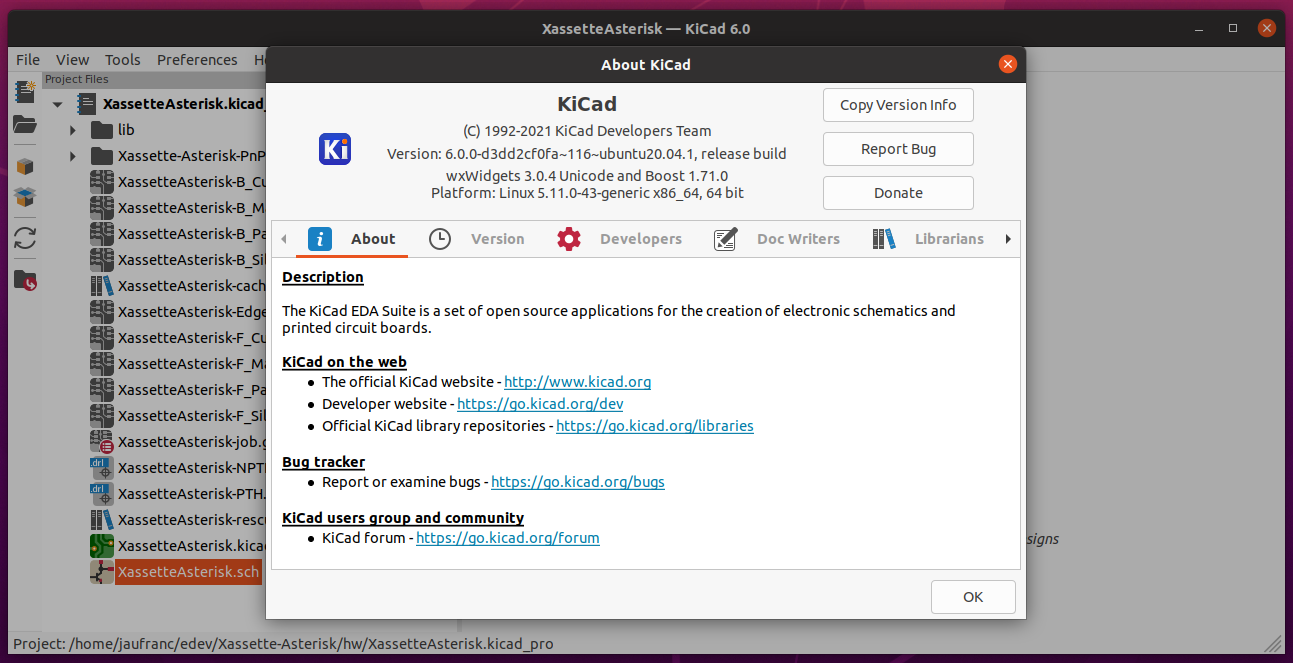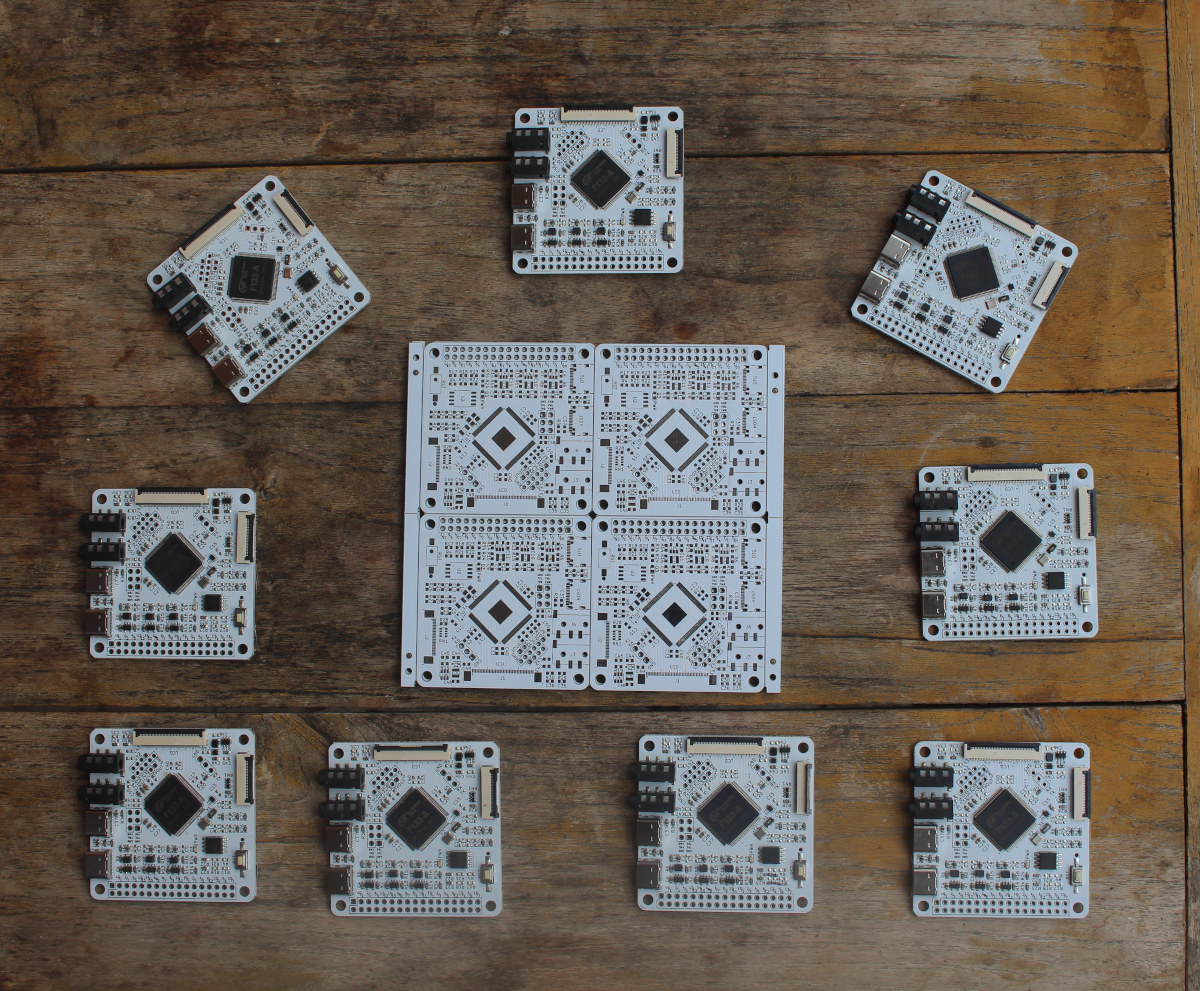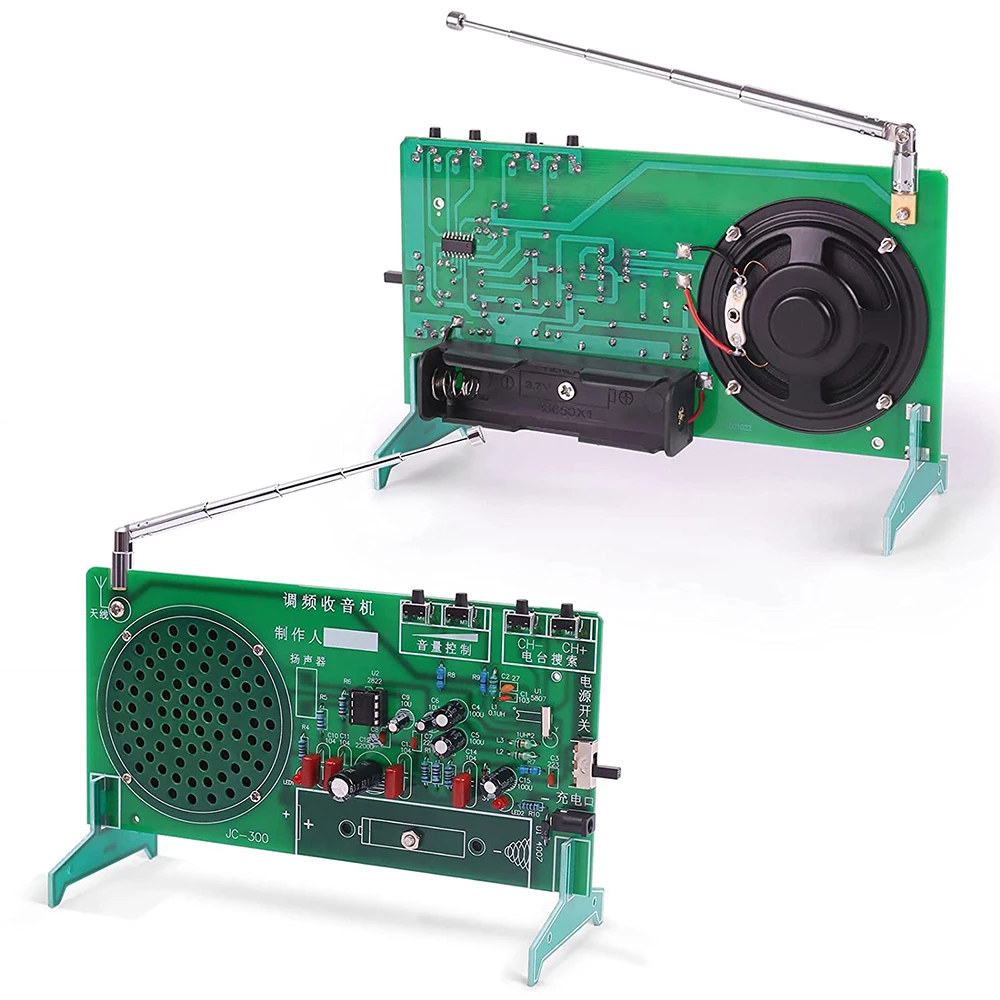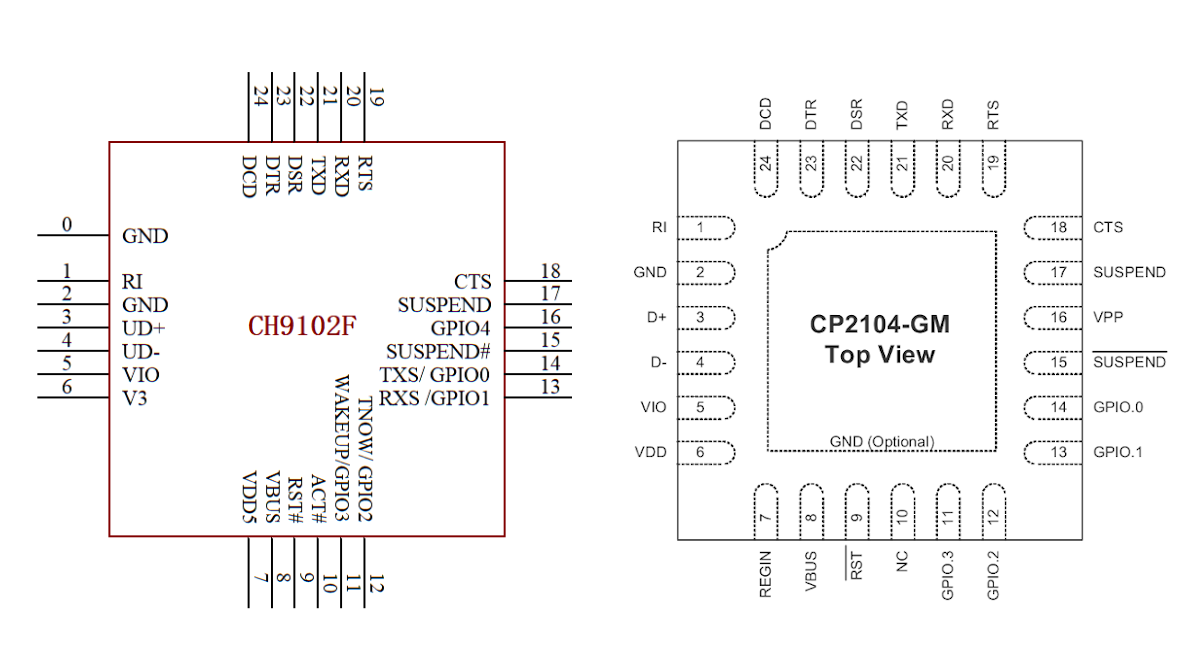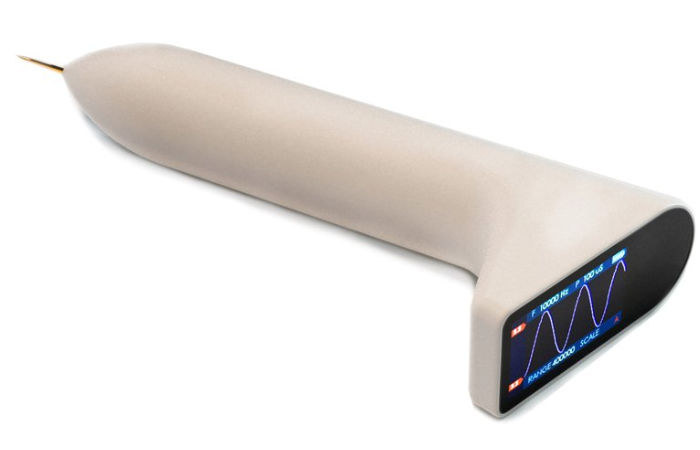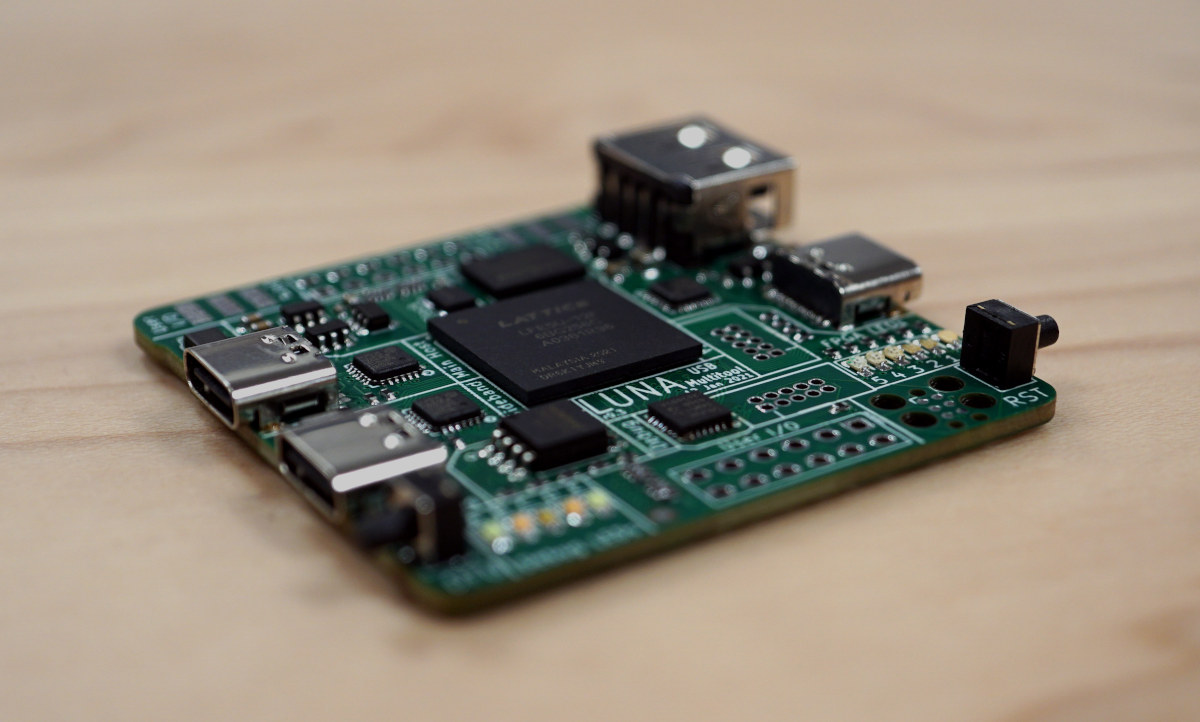Power supplies would typically transform AC mains to DC voltage with the use of transformers, rectifiers, or filtering, but Amber Solutions’ AC Direct DC Enabler chip claims to do without those old tech electromechanical components by enabling DC extraction directly from AC mains through solid-state architecture. The company claims the technology leads to dramatically smaller size footprints, while simultaneously “delivering a much more dynamic, configurable power delivery capability”. Consumer, commercial and industrial electrical products manufacturers and semiconductor companies can already evaluate the technology as the AC Direct DC Enabler is now available as a demo kit. The company made bold claims even announcing the death of transformers: The magic of the Amber AC Direct DC Enabler is that it allows manufacturers to add modern intelligence and enhanced functionality to new and existing products using much smaller silicon chips to manage and deliver DC power. Using a single silicon chip, this […]
KiCad 6.0.0 released with revamped user interface, thousands of changes
It took around 3.5 years of development to release KiCad 6.0.0 open-source EDA suite, as the previous major release, KiCad 5.0.0, was introduced in July 2018. KiCad 6.0.0 comes with a refreshed user interface that’s supposed to reduce the barriers of entry for new users and users switching from other design software with notably the schematic and PCB editors now feeling like being from the same program instead of completely different tools. As noted by the developers, it’s difficult to summarize all the changes because of the thousands of updates made between KiCad 5 and KiCad 6, but here are some highlights: Revamped schematic editing with the object selection and manipulation paradigm as the PCB editor, and several new features such as net classes, one-click wire start, intersheet references Brand-new schematic and symbol library file format allowing embedded symbols Redesign of the PCB design tool with new options such as […]
Manufacturing samples of Xassette-Asterisk open-source hardware board
We covered Xassette-Asterisk open source-hardware Allwinner D1s RISC-V Linux SBC last October. But it will most likely never be mass-manufactured since SdtElectronics, the designer, has no resources and time for production. So I thought I should give it a try, and I managed to get 10 boards manufactured and assembled. Time for a little disclaimer. While the post is not sponsored in the sense I did not get paid for it, NextPCB agreed to cover all costs, aka sponsor, and manufacture ten boards. Today, I’ll report my experience manufacturing an open-source hardware board, but I had no time to check whether any of the boards worked. Manufacturing timeline Since I did not want to go through the whole process of ordering the PCB, purchasing the components, and soldering each board individually, I opted for NextPCB’s PCB manufacturing and assembly services. Here’s the detailed timeline: November 9 – Ordered 10 boards […]
Build a DIY FM Radio with this $12 kit
I’ve not used an FM radio for years, but if you’d like to teach younger generations about older technology and show them how to solder components there’s an RDA5807 based kit that would allow you to build DIY FM Radio operating in the 87 MHz to 108 MHz range. The JC-300 kit comes with a bare PCB, and all components required including a speaker, an antenna, and a holder for a 18650 battery. Some of the main components of the kit include: RDK Microelectronics RDA5807 single-chip broadcast FM radio tuner operating in the 87MHz -108MHz frequency range DA2822 Power Amplifier 66mm speaker 75 Ohm FM antenna 18650 battery holder Feet/brackets to hold the PCB vertically The system also comes with four buttons to adjust the volume and switch FM stations, plus a power switch. Nothing is pre-soldered on the bare PCB at all, so everything will have to be soldered […]
CH9102F – A replacement for CP2104 USB to UART bridge
I’ve just mentioned Silabs CP2104 USB to UART chip price had increased, and indicated WCH CH9102F chip could be used as an alternative instead in a post about LILYGO T-Display boards. I had never heard about CH9102 chips before (CH9102F and CH9102X), so I decided to investigate a bit more by checking out both CH9102 and CP2104 datasheets. The good news is that CH9102F and CP2104 have basically both the same pinout albeit with some small differences that may or may not matter depending on the application, and come in a 4x4mm 24-QFN package (4x4mm) meaning if you run out of CP2104 chips, CH9102F can be used as an alternative, and should be a drop-in replacement. CH9102X is pretty similar to CH9102F but offered in a 5x5mm 28-QFN package with extra GPIOs. Back to the main contenders… According to LILYGO, one of the differences between CH9102F and CP2104 is the […]
Arduino programmable wireless multitool offers color display, touch controls (Crowdfunding)
QUARK may look like the perfect weapon to hijack a plane, but instead, it’s an open-source, Arduino-based wireless multitool for hardware engineers equipped with a full-color screen and touch-based controls. Based on ESP32 WiFI & Bluetooth wireless SoC, Mulin Group’s QUARK is an ultra-portable multimeter, signal generator and oscilloscope, a bit like IkaScope WiFi Pen-Oscilloscope, except having a laptop or phone to visualize measurements is only optional. The company also compares it to DT71 smart tweezers which do not have an oscilloscope function due to the tiny display. QUARK features & specifications: WiSoC – ESP32 dual-core processor with WiFI & Bluetooth connectivity Display – 240 x 134 IPS display Measurements Voltage – 0 to 26 V Current – 0 to 3.2 A Resistance from 0 to 2 MΩ Capacitance from 2 pf to 1000 uF Inductance up to 1 H Sampling rate for oscilloscope function – 400 ksps Features – […]
Cynthion board enables USB Hacking through Lattice ECP5 FPGA (Crowdfunding)
Update 16/02/2023: The LUNA board has been renamed to Cynthion, but the gateware framework continues to be called LUNA. Several USB hacking/debugging boards were launched in 2020 either based on microcontrollers or FPGA with the likes of Tigard (FTDI FT2232HQ), Ollie (STM32F042), Glasgow Interface explorer (Lattice Semiconductor iCE40), or Protocol Droid (STM32). All those were launched on Crowd Supply, and there’s now another one with LUNA “multi-tool for building, analyzing, and hacking USB devices” based on a Lattice Semiconductor LFE5U-12F ECP5 FPGA that raised over $100,000 in a few days. Cynthion hardware specifications: FPGA- Lattice Semiconductor LFE5U-12F ECP5 FPGA with 12K LUTs System Memory – 64 Mbit (8 MiB) RAM for buffering USB traffic or for user applications Storage – 32 Mbit (4 MiB) SPI flash for PC-less FPGA configuration USB – 3x High-Speed USB interfaces, each connected to a USB3343 PHY capable of operating at up to 480 Mbps. […]
NextPCB acquires KIKIPCB, celebrates with midsummer sale (Sponsored)
In the PCB manufacturing business, scale matters with larger companies being able to source materials at a cheaper price, and get discounts on shipping. In order to provide even more cost-effective services, a wider range of options, as well as shorter turnaround times, NextPCB has recently acquired KIKIPCB. This will allow the companies to share all services, factories, and talents they have such as PCB prototyping, small and medium volume production, PCB assembly service and PCB & SMT factories, let alone all component inventory, and hundreds of engineers. To celebrate their new acquisition, NextPCB is organizing a midsummer sale with up to 30% discount for PCB orders. and up to 20% off for PCBA orders. Specifically, the company offers a 30% discount when the PCB area is less than 3 m², and 20% for larger orders. For PCB manufacturing and assembly services, the price is reduced by 15% for orders […]


